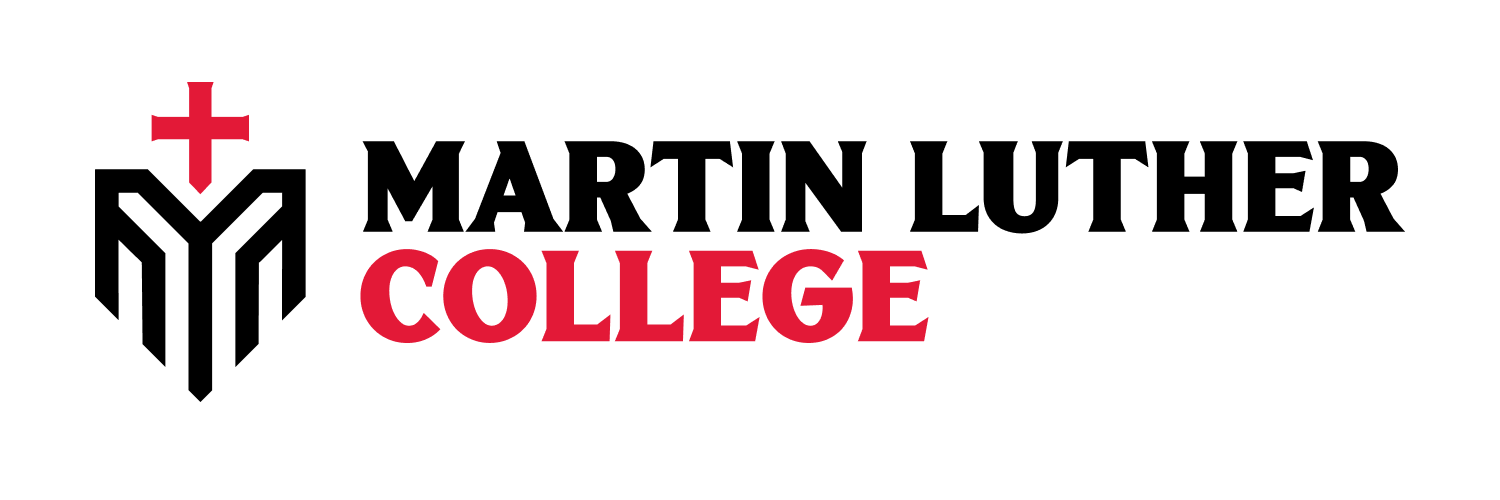BDG0104 Full Formative Assessment
DESCRIPTION: Teachers who complete this lesson check all students for a full or complete understanding of the learning target near the end of the lesson and use responses to adjust the lesson and increase student learning.
RESEARCH BASE: The research base for formative assessments is strong. Black & Wiliam (1998) first demonstrated the powerful research (see below). Black and Wiliam’s (1998) seminal article (below) outlines the initial research. Effect sizes on learning have been shown to be anywhere from .2 (Kingston & Nash, 20111) to .87 (Graham, Hiebert, & Harris, 2015). A nice summary of the research base is provided by Ryerse and Brookhart (2018). See below.
Black, P., & Wiliam, D. (1998) Inside the black box: Raising standards through classroom assessment. Phi Delta Kappan. 80 (2). pp. 139- 148 http://www.wyoaac.org/Lit/Inside%20the%20Black%20Box%20-%20Black.pdf
Ryerse, M., Brookhart, S. (2018) The research base for formative assessment. Getting Smart blog article. Retrieved from https://www.gettingsmart.com/2018/07/the-research-base-for-formative-assessment/
BACKGROUND: The following are useful tools to understand more about the topic.
- Video: Module 3: Assessment: https://vimeo.com/176207872 (password “assessment”)
- Knowing Your Learning Target, Educational Leadership March 2011, pp. 66-69 (Moss, Brookhart & Long) – Focus on the Performance of Understanding section.
- Learning Targets: Delving Deeper into the Performance of Understanding. (2013) LinkedIn Slideshare.
- 56 Different Examples of Formative Assessment (n.d.) Wees, David.
- Learning Targets: Helping Students Aim for Understanding in Today’s Lesson. Chapter Three (Moss & Brookhart, 2012)
- Advancing Formative Assessment in Every Classroom: Chapter One (Moss & Brookhart, 2009)
LESSON OUTCOMES:
- Plan an appropriate full check for understanding.
- Align the full check for understanding to the learning target.
- Reveal each student’s level of understanding or performance of the learning target.
- Use the assessment results to improve student learning.
RESOURCES:
Books
Dodge, J. (2009) 25 quick formative assessments for a differentiated classroom. Scholastic https://www.amazon.com/Quick-Formative-Assessments-Differentiated-Classroom/dp/0545087422
Moss, C., and Brookhart, S. (2009) Advancing formative assessment in every classroom: A guide for instructional leaders. Alexandria VA. ASCD http://www.ascd.org/publications/books/109031.aspx
Articles
Black, P., & Wiliam, D. (1998) Inside the black box: Raising standards through classroom assessment. Phi Delta Kappan. 80 (2). pp. 139- 148 http://www.wyoaac.org/Lit/Inside%20the%20Black%20Box%20-%20Black.pdf
Dodge, Judith What are Formative Assessments and How Should We Use Them? Scholastic Teacher Resources. (http://www.scholastic.com/teachers/article/what-are-formative-assessments-and-why-should-we-use-them
Dyer, K. (2013) Formative Assessment – What it is, why you should use it, and how to make it happen. The Education Blog. https://www.nwea.org/blog/2013/formative-assessment-what-it-is-why-you-should-use-it-and-how-to-make-it-happen/
Meyer, J. (2012) What’s Up with Formative Assessment?
Popham, W.J. (2008) Chapter 1: Formative Assessment: Why, What, and Whether? Transformative Assessment. Transformative Assessment. http://www.ascd.org/publications/books/108018/chapters/Formative-Assessment@-Why,-What,-and-Whether.aspx
Videos
Assessment by Susan Brookhart: https://www.youtube.com/watch?v=9OLVf6s7crE
Giving Effective Feedback by Susan Brookhart: https://www.youtube.com/watch?v=jYQE73yhu7g
Formative Assessment Strategies: https://www.youtube.com/watch?v=JBtM7hpGXtA
Embedding Formative Assessment into Classroom Practice by Dylan Wiliam: http://www.dylanwiliamcenter.com/webinar-embedding-formative-assessment-into-classroom-practice/
Module 3: Assessment by John Meyer: https://vimeo.com/176207872 (password “assessment”)
Martin Luther College Courses
EDU9520 Formative Assessment that Works – 1 credit (continuing education)
EDU5106 Assessment of Learning and Instruction – 3 credits (graduate level)



